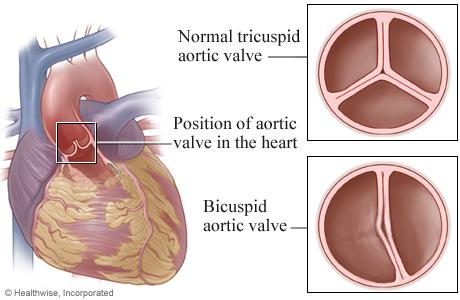
A bicuspid (BBB) aortic Valve is a type of aortocaneate valve (ACAV). Bicuspids are found in some types of aortopathy. ACAVs can also occur as bicuspids in people with severe familial aldosteronism. In some cases an ACAV can be found within the aetiology of congenital heart disease, in which case surgery may not be necessary to correct the abnormality.
The bivalve (BBB) aventic valve is a simple aseptic valve that has only two leaves. An aseptic valve controls blood flow to the ventricle from the heart. The ventricular aorta carries oxygen-rich blood from the heart to all areas of the body where it is needed. BV is usually present at birth (genetically, congenital).
There is one known disease that can cause BV. This is called a congenital condition and affects approximately 25% of patients with aortography. This condition is characterized by the presence of a ventricular mass on the surface of the inner wall of the ventricle. This mass is usually smooth and often very small.
It is important to note that BV and ventricular mass on the inner wall of the ventricle are not the same condition. The state of the ventricular mass, when present in a patient with a ventricular mass, can be mistaken for bicuspid. Some patients have a bicuspid valve on aortography, even with complete aseptic collapse. Patients with this disease often show signs of bicuspid hypertrophy, that is, an increase in ventricular mass. Bicuspid valves are often seen in the formation of the right ventricle.
Aventic collapse, if left untreated, can lead to patient death. It can happen suddenly or develop over time. Although in rare cases, the disease can also be caused by infection or other problems. Diagnosis and treatment of congenital heart disease usually corrects bicuspid and ventricular neoplasms and avoids death due to complications.
Treatment for bicuspid valve and ACAV is usually surgical. One of the common types of bicuspid valve surgery is laser ablation.
This is done under general anesthesia and involves injecting a small amount of local anesthesia into the aseptic area of the bicuspid valve

Ablation is used to break up the ventricular mass so that it is easier to remove. In addition to reducing the size of the mass, the local anesthesia can also decrease the risk of complications in the process. Because of the small size of the ventricular mass, the surgeon can use a cannula, rather than a laser, to do the ablation.
Ablation does not fix the problem, it merely breaks it up and makes it less of a problem. When done correctly, ablation can repair many problems, including severe dysfunction and the development of scarring.
Another treatment is a BBV procedure, also known as a percutaneous transluminal arterial angioplasty. This procedure is performed under general anesthesia and involves inserting an arthrocentesis cannula into the patient's aortic outlet. The cannula sucks fluid from the aortic valve and the arthrocentesis process removes the fluid. The fluid is then removed from the spleen. Once the spleen is removed, the cannula is inserted into the patient's ventricular mass and the procedure is complete.
BBV surgery is sometimes combined with surgical procedures to increase the effectiveness of treatment. The surgery can be used to treat chronic problems in the heart and to correct ventricular dysfunction. When the problem is too severe, a balloon angioplasty is done to reduce the chance of complications.
Bicuspid and aseptic valve surgery are usually recommended if the patient is at high risk for a heart attack. This is especially true of patients who smoke.
The majority of patients who receive this type of treatment have a successful outcome. However, some individuals may have to undergo more than one treatment to get good results.